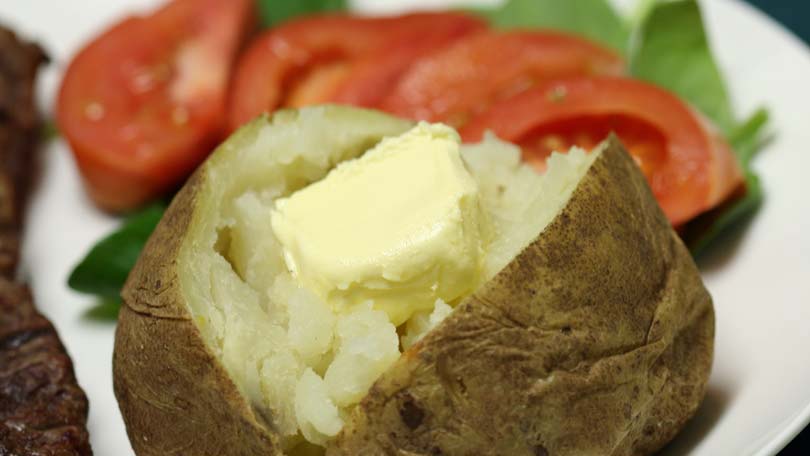
Have you ever forgotten about a bag of potatoes that you brought home from the grocery store to your cupboard months before? Well, if you have I am sure you would have remembered at least one of the two things I am going to mention. Either your kitchen or pantry would end up stinking as this bag begins to completely rot into a bag full of mush and stench. Or you would have seen your potatoes grow a little wild and crazy, depending on the variety and the storage conditions, with eyes and stems sprouting out of them like little creatures with actions of their own. There is a good reason for these disturbing things that happen when you forget about your potatoes or simply do not store them properly. That is the fact that potatoes, although they are a very sturdy staple crop, need to be stored and kept under certain conditions or else they go hay wire.
When it comes to the storage of potatoes, especially on a large scale, there are certain conditions that need to be present to assure that potatoes do not rot to death. It is the carefully planned design of special potato storage areas which keep potatoes both alive and also slow down their natural process of decomposition, which has to do with the breakdown of starch.
When it comes to storage of potatoes it is essential that the storage facility/area is well ventilated, dark, and if the potatoes are being stored long term than it is important that the temperature is maintained at around 40 degrees F. When it comes to storing spuds short-term prior to cooking them the temperature of the storage area is preferred to be at around 45-50 degrees F. If potatoes are stored at temperatures below 40 degrees F this results in the conversion of starch into sugar. This would result in a change in the taste and cooking qualities of potatoes and is therefore avoided. Potatoes can be kept in a high-humidity crisper drawer of a refrigerator. However, they should be removed and kept in the warmth for a few days before they are actually used. This time allows the converted sugar, do to the cold temperatures of the fridge, to return back to starch. Potatoes held in storage can live up to six months in commercial warehouses that are set to optimum conditions. However, the normal shelf life of potatoes in homes is usually a handful of weeks. If you notice that your potatoes start to develop sprouts or green spots than simply trim off these areas before using them. As long as the potato is still firm it should be o.k. to consume. Never eat a potato which is shriveled, wrinkled, or sprouting a lot. The green skinned potatoes that you might run into are a result of too much light. Sometimes this green coloured area also contains a mild toxic alkaloid which should not be consumed. In order to keep potatoes at their best follow the guidelines above and eat them before their time is up and you should not run into any problems.
From here you can turn you lovely stored potato into any dish you see fit. And by storing correctly it will save you the hassle of having to run to the grocery store to get a potato every time you need one. Also it will help you to avoid the nasty smell and crazy sprouting limbs of a possessed potato that is left out too long or uncared for.





